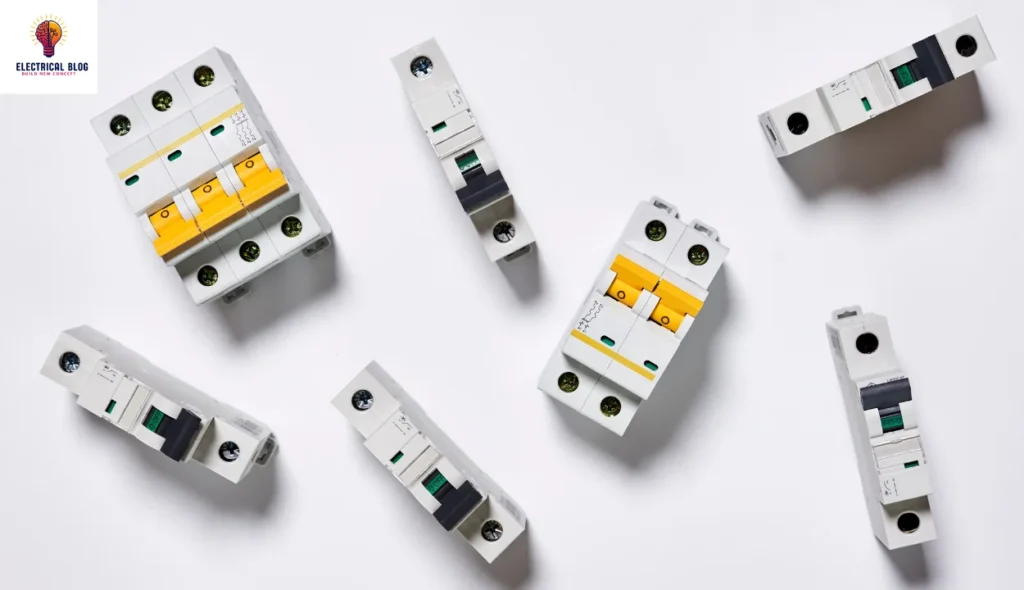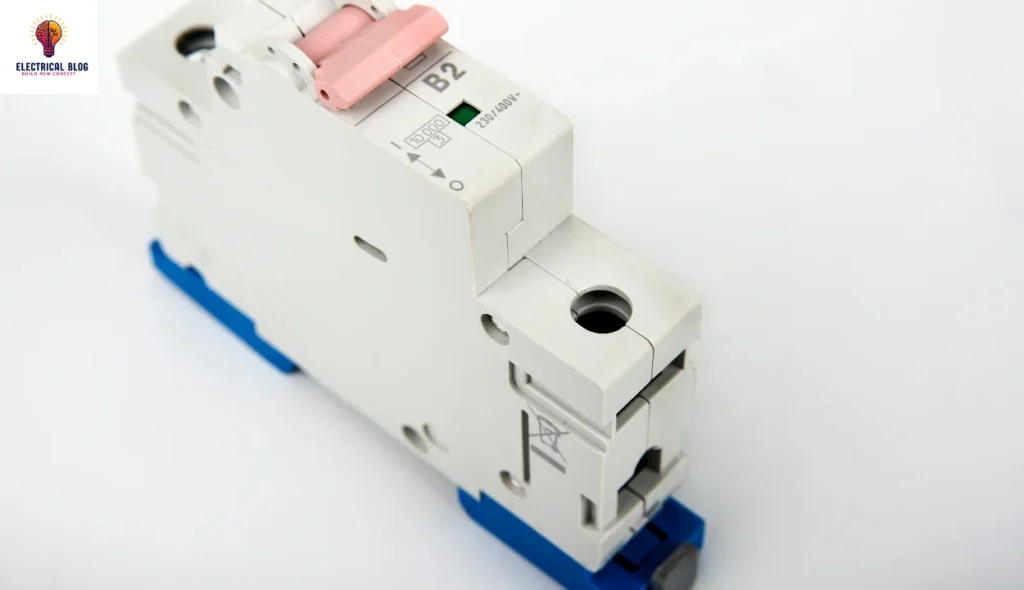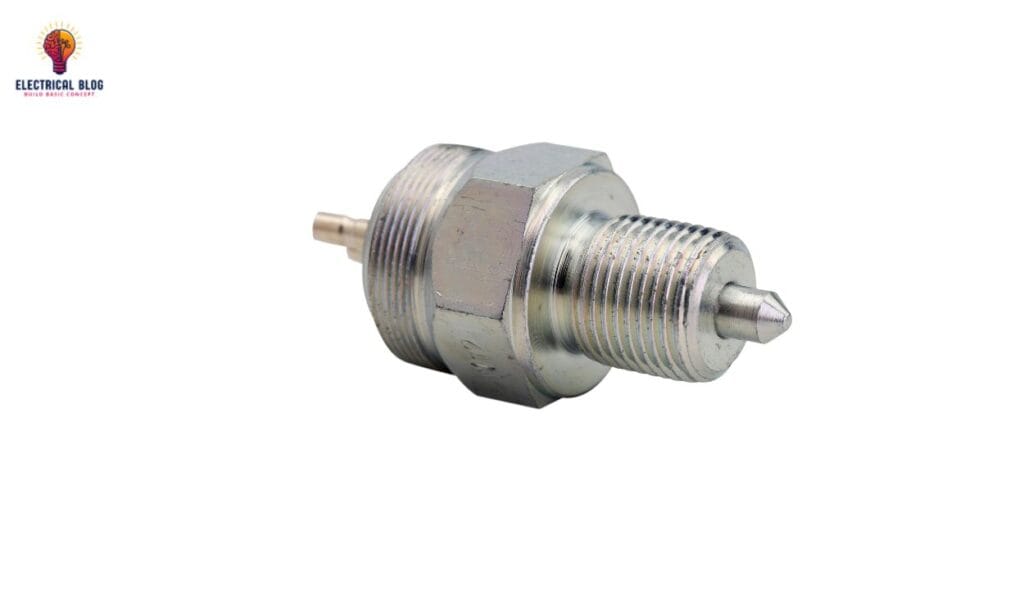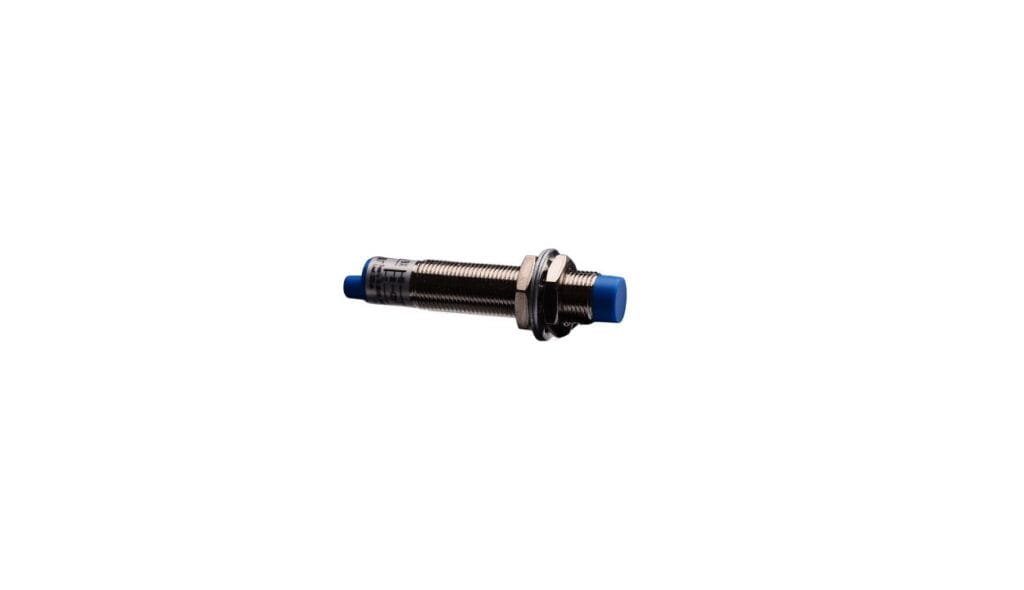Introduction to Circuit Protection
Every electrical system is at risk of damage, which can decrease its reliability and overall performance. To protect these circuits, we rely on breakers, fuses, and other protective devices. One key principle in circuit safety is decoupling, which helps prevent disruptions caused by electrical surges.
From my experience, circuit failures often happen due to sudden fluctuations. That’s where Zener diodes, capacitors, and choke components come into play, ensuring a stable system. By using various safety measures, we can keep electronic setups protected while improving their longevity. This article will help you learn about types of breakers, how they function, and their practical uses in different applications.
What are circuit breakers?
A breaker is a crucial device that helps protect an electrical system from faults. It consists of two main contacts, one fixed and one moving, which remain closed under normal conditions, allowing the current to flow smoothly. However, when a fault occurs, like a short circuit or overload, the mechanism inside releases stored energy to quickly separate the contacts and stop the power supply.
Different types of breakers are operated using spring-operated, pneumatic, hydraulic, or magnetic systems. Some work manually, while others automatically detect faults and act immediately. Using the right switching method ensures the safety and reliability of any electrical setup.
Arc Formation and Its Impact
When a circuit experiences a short or overload, the contacts inside breakers separate, creating an arc. This highly ionized plasma allows current to continue flowing, which can cause damage to surrounding equipment and lead to fire hazards. To ensure safety, the arc must be extinguished quickly before it spreads.
Different methods are used to quench the arc, such as cooling, compressing gases, or replacing the medium with fresh insulating material. The choice of technique depends on the voltage level and power rating of the breakers. Proper design helps protect the electrical system and improves its reliability.
Unlike a fuse, which needs to be replaced after a single operation, circuit breakers can be reset and reused multiple times. They also allow for selective switching, helping to restore power once the fault scenario is cleared. This makes them essential for preventing outages and ensuring system stability.
Engineers must ensure that systems can withstand the maximum fault current that may occur. Proper maintenance and control strategies help avoid system failures and keep the grid running efficiently. Available safety measures, such as isolation and load distribution, help limit disruptions.
By using the right parts and effective interrupt mechanisms, circuit breakers can efficiently prevent system failures. Whether in industrial settings or homes, their ability to cut off faults quickly makes them crucial in modern electrical networks.
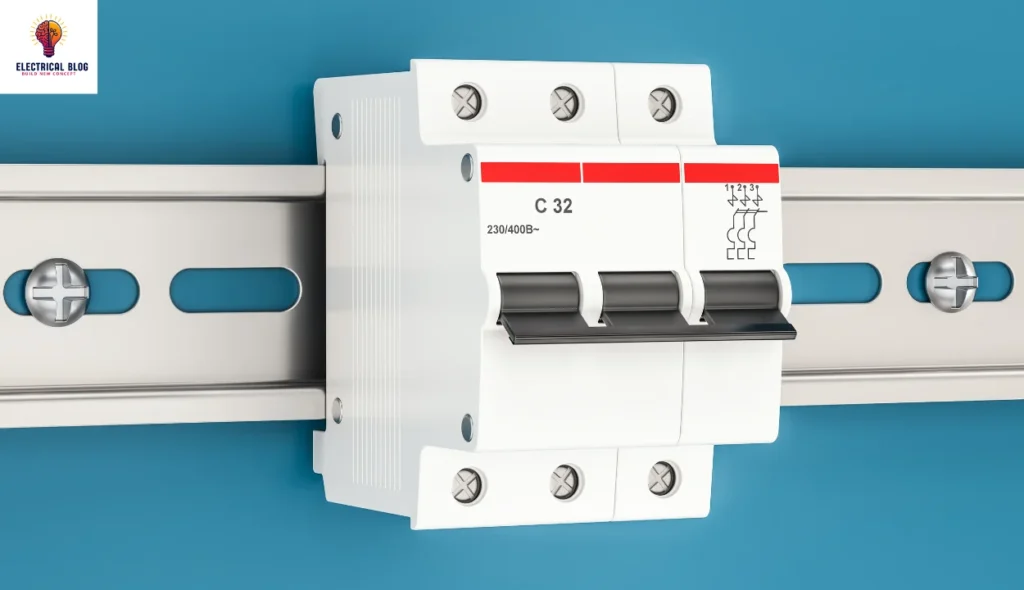
How Circuit Breakers Work
A circuit breaker is designed to stop the flow of electrical power when a fault occurs. It carries the normal load but reacts rapidly when needed. The detection of a short circuit or overload triggers the mechanism, which separates the contacts to break the circuit. This process prevents damage to the system and ensures safety.
When the contacts separate, an arcing effect occurs due to the highly ionized plasma between them. This arcing must be extinguished quickly to avoid further harm. Circuit breakers use different means, like cooling, compressing, or replacing the medium with fresh insulating material. This helps to clear the fault safely.
The breaker’s operating principle is based on stored potential energy, which is used to force the moving contact apart. This energy is stored in springs, compressed air, or hydraulic pressure. The mechanism releases this energy, causing the contacts to slide apart and stop the electrical current.
Different circuit breakers are rated for specific power levels and alternating current conditions. The dielectric strength of the medium must increase quickly to stop the arcing effect. This is done by using compressed gases or metal plates to break the path of the arc. A well-designed breaker ensures reliability in high-load systems.
After the operation, the breaker must be reestablished to allow the system to function again. It may be reset either manually or automatically, contingent upon the type. The reestablishment of contacts brings the circuit back to its normal ON state. This switching is an essential part of maintaining a stable system.
A circuit breaker follows a cycle of detecting, stopping, and restoring power. It uses a diagram-based design that shows the integrated system components. The charged mechanism prepares for the next fault by storing energy again. This ensures continuous protection without needing frequent replacements.
The strength of a circuit breaker is in its ability to withstand high fault currents. The system must handle extreme pressure and maintain resistance to avoid failure. By using efficient gas, air, or compressor-based methods, the breaker ensures a long lifespan. A properly designed circuit breaker plays a vital role in modern electrical networks.
Different Types of Circuit Breakers
Circuit breakers are categorized based on their installation site, operating mechanism, and arc-quenching method. They are widely used in both indoor and outdoor settings, depending on the location and power needs. High, medium, and low-voltage breakers are classified according to the systems they protect.
The mechanism of a circuit breaker also varies, with options like spring-operated, pneumatic, and hydraulic systems. The quenching method further divides them into oil, air, vacuum, and SF6 types. Each type includes specific advantages for safety and efficiency in electrical networks.
Oil Circuit Breaker
An oil circuit breaker is widely used in high-voltage applications, such as transmission lines and substations. It contains a chamber filled with mineral oil, which acts as both an insulator and a cooling agent. When the arc forms, the oil decomposes, releasing hydrogen gas and creating bubbles to lower the temperature and pressure.
This breaker is suitable for preventing restriking and provides high dielectric strength to interrupt faults effectively. However, it has concerns like oil leakage, fire risk, and contamination, leading to deterioration over time. Despite these maintenance challenges, its long service life and low operating costs make it a reliable choice.
The large size and weight of oil circuit breakers make them less efficient for modern needs. Environmental factors also play a role, as the disposal of used oil raises safety and environmental risks. However, their quenching ability and barrier against electrical faults ensure steady protection for medium to high-voltage systems.
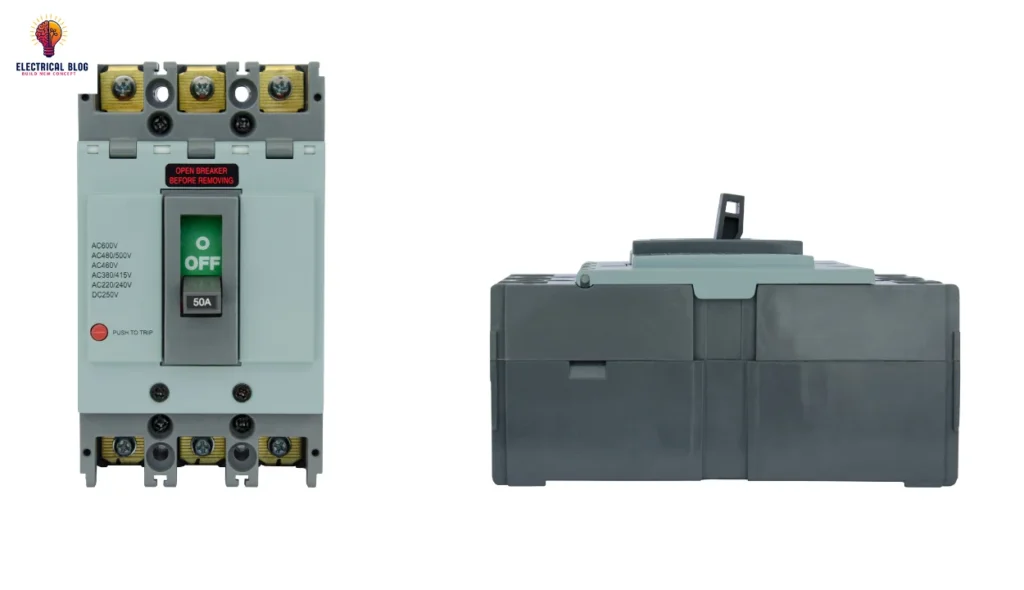
Air Circuit Breaker
An air breaker is widely used in low and medium-voltage applications, especially in industrial settings. It operates by releasing a strong, airtight blast that blows the arc away from the contacts. The chamber is enclosed and connected to a compressor, ensuring the system works efficiently.
This breaker provides high-speed operation and excellent quenching ability by cooling the ionized particles in the gap. Its conductivity allows smooth power distribution across panels and circuits. However, it comes with disadvantages, including high cost, pressure sensitivity, and fluctuations in strength.
Frequent maintenance is required due to installation complexity and thermal stress on components. The operating level also generates significant noise, which can be disruptive. Despite these challenges, air circuit breakers are suitable for high-voltage systems where safety and efficiency are critical.
SF6 Circuit Breaker
The SF6 breaker uses sulfur hexafluoride gas for quenching the arc in high-voltage systems. The gas is filled inside a sealed chamber, where it absorbs free electrons and forms negative ions. This process increases the resistance of the arc and improves extinguishing efficiency.
SF6 circuit breakers are suitable for switchyards, plants, and other medium to high-voltage applications. They offer a long service life with minimal maintenance requirements. However, the cost of the gas and its environmental impact due to leakage are major concerns.
Proper handling and precautions are needed for the disposal of SF6 gas, as it requires special safety measures. The nozzle design helps control the flow of the gas, ensuring reliable operation. Despite these challenges, SF6 breakers provide strong conductivity and help prevent faults effectively.
Vacuum Circuit Breaker
A vacuum circuit breaker is known for its high dielectric strength and low resistance, making it ideal for industrial and commercial applications. The contacts are enclosed in a ceramic or metal chamber that is evacuated to remove air and create a low-pressure environment. When the circuit opens, the arc is initiated and quickly extinguished through the quenching process.
These breakers are suitable for low-voltage and medium-voltage circuits, offering fast and efficient fault interruption. They operate with minimal energy, reducing noise levels and improving reliability and durability. However, they have disadvantages, including high costs of manufacturing and testing, as well as limited current ratings and breaking capacities.
One challenge is detecting vacuum loss, which affects performance and requires special care in handling. The difficulty in maintenance makes these breakers more expensive compared to other types. Despite this, their efficiency and low-resistance operation make them valuable for stable power systems.
Circuit Breakers in Substations
Substations play a key role in transforming voltage levels and ensuring a stable network. Circuit breakers are used to protect the system by isolating faulty sections and handling overcurrents. Their operation is critical for maintaining a safe and efficient power flow.
When a fault occurs, only the breaker connected to the faulty section will open, keeping the rest of the system undisturbed. This selective tripping prevents unnecessary outages and improves reliability. High-performance breakers, like SF6, offer excellent arc-extinguishing properties and require low maintenance.
Substations use organized setups to ensure quick fault clearance times and efficient functions. High-voltage breakers handle larger loads and meet strict requirements for power protection. Their ability to remain connected while responding to faults ensures smooth power distribution.
Circuit Breakers in Power Systems
Circuit breakers play a key role in safeguarding power systems by interrupting abnormal flows of current. They prevent faults and damage to critical equipment like transformers, PLCs, and solar cells. These breakers are essential in generation plants, utility areas, and industrial applications.
In transmission and distribution networks, breakers isolate faulty sections to stop faults from spreading. Their selection depends on voltage level, rating, and fault frequency. High-quality breakers offer better protection in electrical grids and keep consumer supply stable.
Proper maintenance ensures that breakers function reliably under different conditions. In power plants, they protect generators and stabilize lines during faults. The right type of breaker helps meet expected safety standards in different areas of the system.
Advantages of Circuit Breakers
Circuit breakers have major benefits over fuses as they can be reset and reused multiple times without the need for replacement. This makes them cost-effective and reliable for long-term use.
They can be operated manually or automatically for switching purposes, allowing better control over the power system. This flexibility improves efficiency in handling faults.
Selective protection ensures that only faulty parts of the system are affected while the rest continue to work. This isolation prevents unnecessary power outages and enhances safety.
Circuit breakers can interrupt high fault currents quickly without producing harmful gases or flames. This reduces the risk of fire hazards in electrical setups.
They help reduce damage caused by faults and ensure a stable electricity supply by preventing disruptions. Their ability to handle sudden power surges makes them a safer alternative.
Disadvantages of Circuit Breakers
Circuit breakers are more expensive and complex than fuses, making them a costly option for some electrical systems. Their advanced technology and components increase overall costs.
They require regular maintenance and testing to ensure proper functioning. Without upkeep, they may not perform well in critical situations.
Breakers can fail to operate due to mechanical or electrical faults, leading to system failures. This can cause unexpected downtime and damage.
During switching operations, they may cause voltage surges or transients, which can affect sensitive equipment. These fluctuations may lead to system instability.
Applications of Circuit Breakers
Circuit breakers are essential in power systems, protecting generators, transformers, and feeders from faults, overloads, and short circuits. They ensure smooth synchronization and parallel operation in electrical networks.
In industrial settings, they safeguard pumps, compressors, and fans, preventing phase imbalance and ensuring the soft starting of motors. This improves efficiency and extends equipment lifespan.
Commercial buildings like malls, hotels, and offices use breakers for automation, load management, and protection from lightning strikes and surges. This helps provide a reliable power supply and demand response.
In rail transport, circuit breakers protect trains, metros, and trams from faults and ensure traction control. They also support regenerative braking, reducing energy consumption and enhancing performance.
Breakers are widely used in transmission and distribution networks for switching, sectionalizing, and shedding loads. They prevent major system failures by isolating faulty sections.
Used across fields of engineering, circuit breakers help prevent reverse power flow and under-voltage issues. Their control mechanisms ensure stable power delivery for various vehicles and systems.
How to Choose a Circuit Breaker
Selecting the right circuit breaker depends on several factors, including voltage level, current, and fault conditions. For high, medium, or low applications, the rating and insulation strength must be considered. Oil or SF6 breakers are preferred for high voltage, while vacuum breakers work best for medium levels. The cost, maintenance, and service life also affect the selection process.
For indoor setups, compact breakers are ideal, while weatherproof and pollution-resistant options suit outdoor use. Generator protection requires breakers that handle asymmetrical faults and transient surges. Breakers for frequent switching should have high durability to prevent wear and tear on contacts. Installation guidelines should always be followed for safe operation.
The availability of breakers with proper requirements, like breaking capacity and corrosion resistance, is essential. Speed and energy efficiency improve reliability in operation. Proper location placement and expected load conditions ensure better fault handling. By choosing the right breaker, power systems remain safe and efficient.
Conclusion
Circuit breakers are essential devices in electrical systems, ensuring protection and control of power flow. They help isolate faulty parts, interrupt high currents, and restore normal operation after a fault. Their ability to handle voltage variations makes them reliable in generation, transmission, and distribution networks.
Different breakers use oil, vacuum, air, or SF6 as quenching media, depending on the rating and level of the system. Their advantages include resetability, durability, and selectivity, making them widely used in industrial and commercial setups. However, maintenance, cost, and complexity can be disadvantages that need consideration.
From engineering to rail and other fields, circuit breakers provide a balance between reliability and safety. Their failure could disrupt entire systems, making regular maintenance crucial. Despite some challenges, they remain the best alternative to fuses for handling high currents efficiently.

